I recently got myself involved in a photography project being run by a local hostel. The outline idea of the project is to give a group of the hostel service users the opportunity to take a disposable camera around with them for a few days. Since it’s photography related – or moreover film photography related – I thought I would stick my oar in and see if I could help out a bit.
The hostel in question is St. Paul’s in Worcester, where a lady by the name of Gerry runs a creative group for the residents. The aim of the project is essentially to give the users the hostel’s services and a couple of members of staff a creative means to tell their stories. The hope is that the photographs will help the general public visualise what it must be like to be without home comforts, as well as breaking down some of the stereotypes about the sorts of folks who use hostel services. The hope being that this in turn will help to grow compassion and a deeper understanding & awareness of what it must be like to not have a home to call your own.
I’ve not had any previous involvement with the hostel, so to give a bit more background I asked Gerry to give me a few words to add to this post:
We hope that our photos will reveal a little of what is important in each person’s life. They might take the form of a narrative or simply capture moments of beauty, joy, despair or the beauty of the natural world – many service users take comfort from walks along the River Severn, along the canal and in exploring Worcester’s architecture and places of interest. Individuals have put in a lot of thought about which photos they wish to include in the project and several people have said how the project has made them more observant about what is around them. In this way the project has already been seen as a type of creative therapy.
What’s interesting about this is that there isn’t any prescription or pressure for participants in the project to use photography to tell their story in any particular way. They can take images to document their days, or instead they might like to be more creative and reflective with their subject matter. Some of them have even said they might write some words to go with their pictures. One way or another, it’s being left largely up to them to decide how they want to approach the project. At the end of the project, a selection of the photos will then go up on display in ‘Cafe Bliss’ in the ‘The Arts Workshop’.
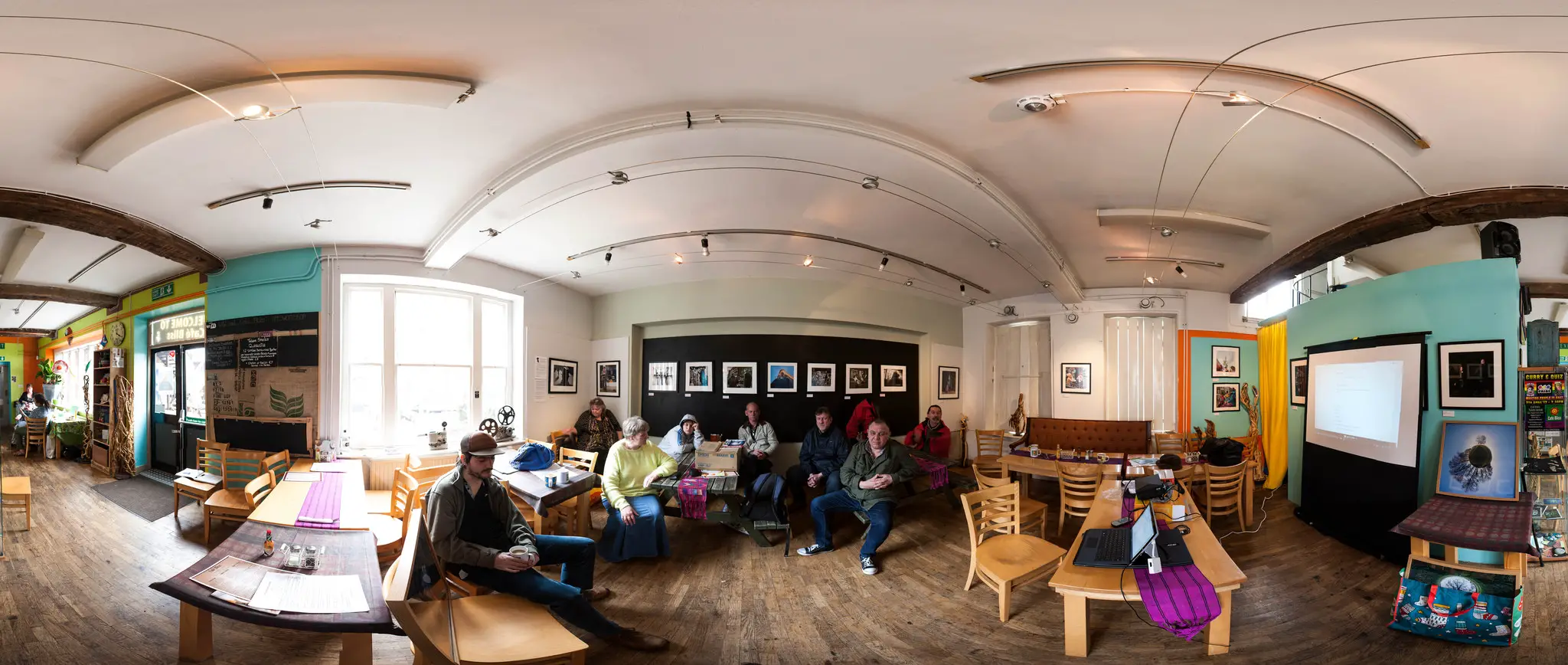
Gerry also added:
When the photos are on exhibition at Café Bliss we hope they form some sort of interactive activity with the general public. We are going to look to collect reactions to the images in a book for St Paul’s to keep as a record of the event. This will hopefully work to demonstrate how the project achieved its objective by helping people to think a little more deeply about what it is like to be homeless and live in a hostel or hostel’s resettlement accommodation. The photographs will be a useful tool and become a legacy for St Paul’s to use at future events, as well as help it to celebrate its 40th anniversary year.
My oar
The project went through a process of fund raising before it was able to get off the ground – it was during this fund raising that I heard about it. With my interest in film photography as it is, it was hard not a hard decision to stick my oar in – especially with it being something with such a positive goal.
After getting her details through a mutual contact got in touch with Gerry to ask what I might be able to do to support the project. After a bit of a chat she suggested that I might be able to help choose pictures for display in Cafe Bliss, and then suggested I might also be able to help out by doing a bit of a workshop with the project participants. Some of them don’t have much experience with photography so she thought I might be able to talk to them about how they might approach the process along with some tips about how best to use the cameras to good affect.
During my first conversation with Gerry it also came to light that the intention was to buy whatever disposable cameras they could find from the local supermarket. I didn’t think this was a good idea. For a start, they were looking for colour film cameras, and beyond that they were looking for the cheapest they could get.
This resulted in my first bit of involvement in the project – I got straight on the phone to Ilford Photo who kindly agreed a special discount buy for 21 process paid disposable HP5+ cameras. 1 for me, 20 for the the residents of St. Paul’s. Some good quality black & white film with a very large chunk of exposure latitude seemed like a good idea for helping get some decent results!
Revd Peter Holzapfel’s workshop
The first time I met a few of the project participants was at another workshop being held about photography. I went along just to meet them, and actually to get an idea of where they were up to in their thinking about the project. The chap running this particular workshop was Revd Peter Holzapfel, a local vicar who also happened to be a photographer.
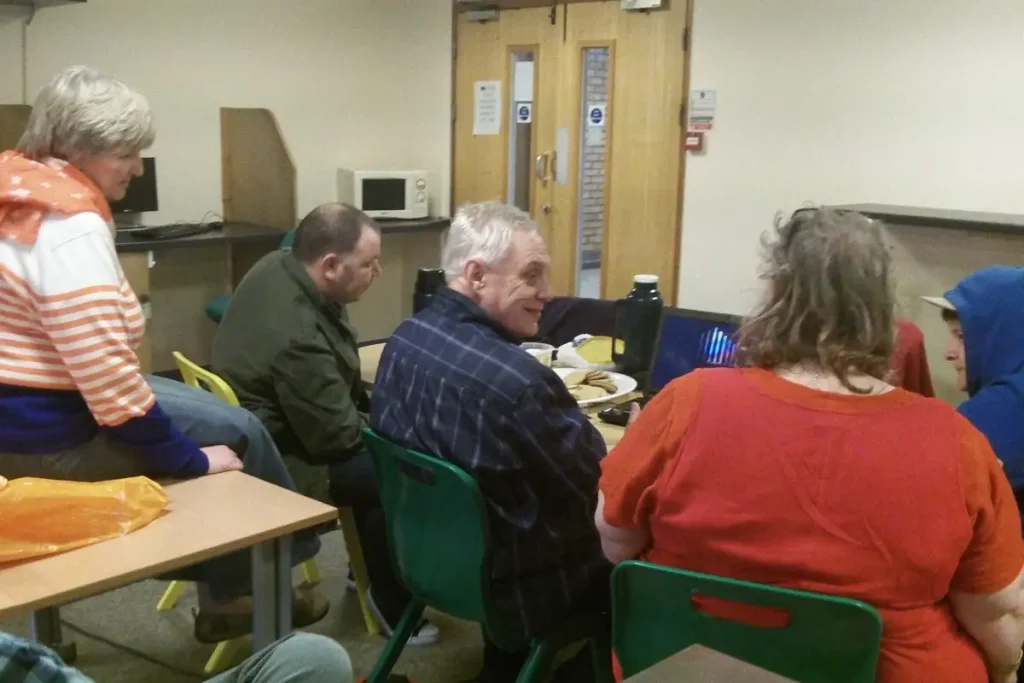
Peter talked about how photography has helped him cope with the depression he has suffered it with most of his adult life. His photography was quite focused on the idea of telling a story/creating narrative with a single image, but quite often in a more abstract way. He talked about layers of meaning within images that can change depending on the person looking at the image.
For example, I seem to remember a high contrast black and white image of a crucifix on a wall. It was in a patch of light, perhaps shining through a window, and was otherwise surrounded by darkness. He talked a bit about how he felt about what the image meant, but also how others might interpret it differently. He then went on to talk to the group about how they might tell these sorts stories through their images.
This is I can’t argue with what Peter said, and I certainly wouldn’t argue with the idea that creating a narrative in a single image as a good one. But, with the brief being so open I felt that if I was going to run a workshop, it should be around a different way to approach the project.
Within my work (ShootRewind) I’m quite often looking to tell stories through image series, rather than just one single photo. As such, to contrast Peter’s workshop, I felt that my workshop should be more about documentary photography, and the idea of telling a story with a series of images. To keep things simple, and in line with what I thought some of the participants might do I figured there would be some merit in me taking a series of shots that would tell a bit of a story about my life.
Shooting the 21st camera.
Armed with my HP5+ disposable and some ideas about what I wanted to talk about in my workshop I set out to take some photos. As you might guess, the Ilford HP5+ disposable camera is a simple beast. Like most disposable cameras, it is little more than a plastic lens, button activated flash, a basic viewfinder and a ratcheted thumb wheel film advance. What makes it different is of course the awesome film contained within. I know from shooting numerous point & shoot cameras that this level level of simplicity was unlikely to cause me any real issues, I just needed to find the right story to tell.
My first instinct was to tell the story of a day at work. Unfortunately, having tried this a few times it never pans out. Funnily enough, I’m always too busy working to be thinking about taking photos. Still, I got a couple of half interesting images.
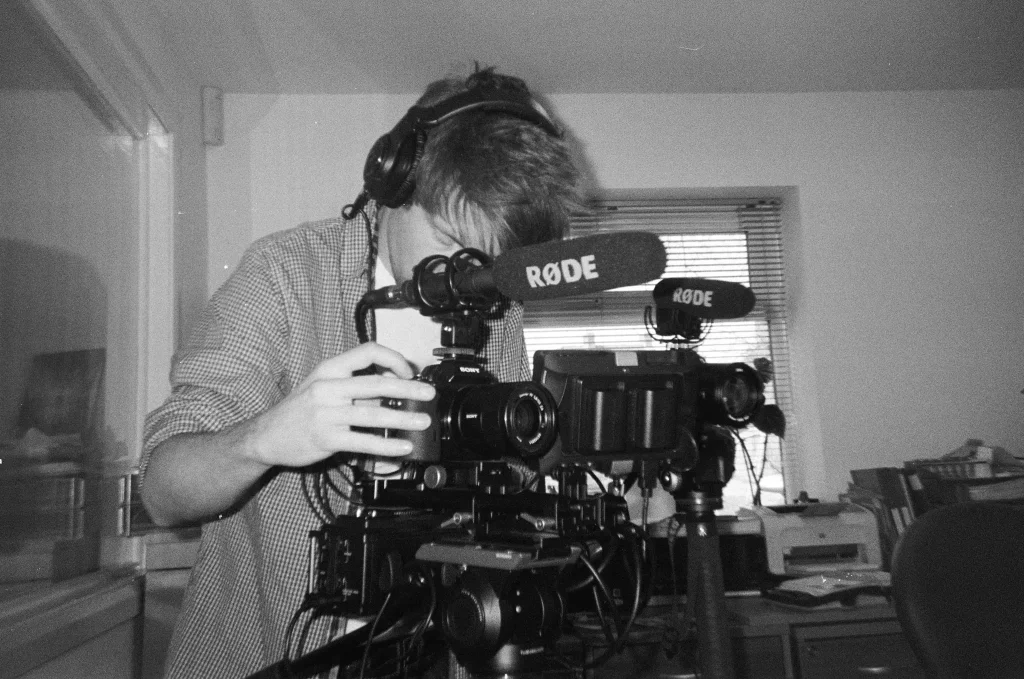
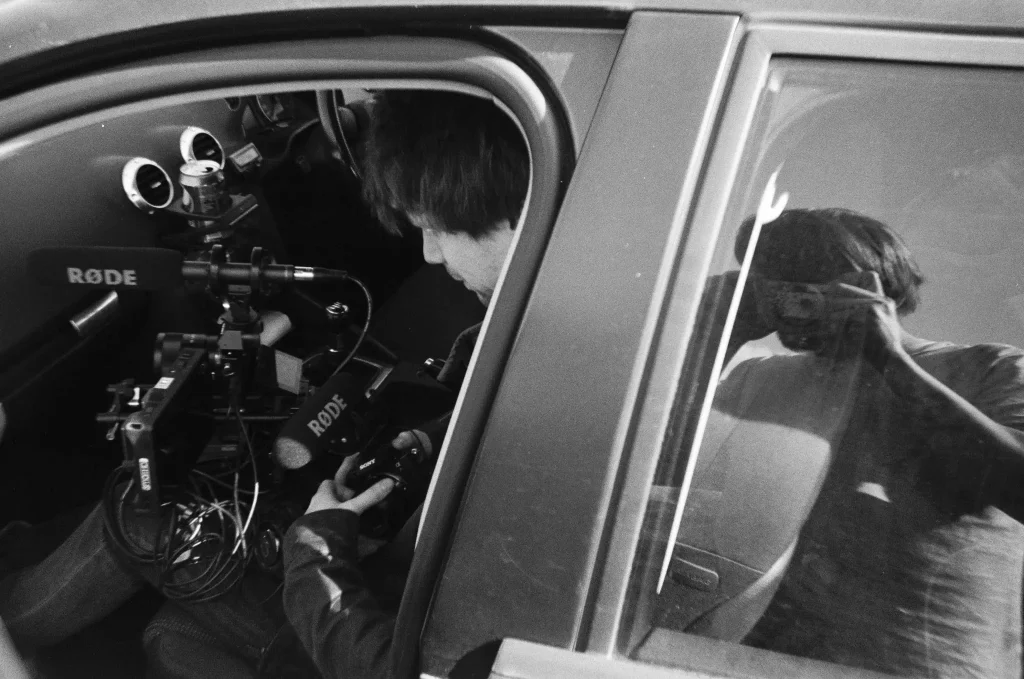
Having this idea not really pan out, and with me running out of time a bit, I decided I’d document an average Saturday. First thing Saturday morning is Connie’s recreational gymnastics session, so I thought I’d start with the walk back from picking her up. What actually happened was that as soon as I set my mind to capturing that 10-15 minutes of my day, I realised that I had a bit of a story that said quite a bit about who I am, who my daughter is, and the relationship we have.
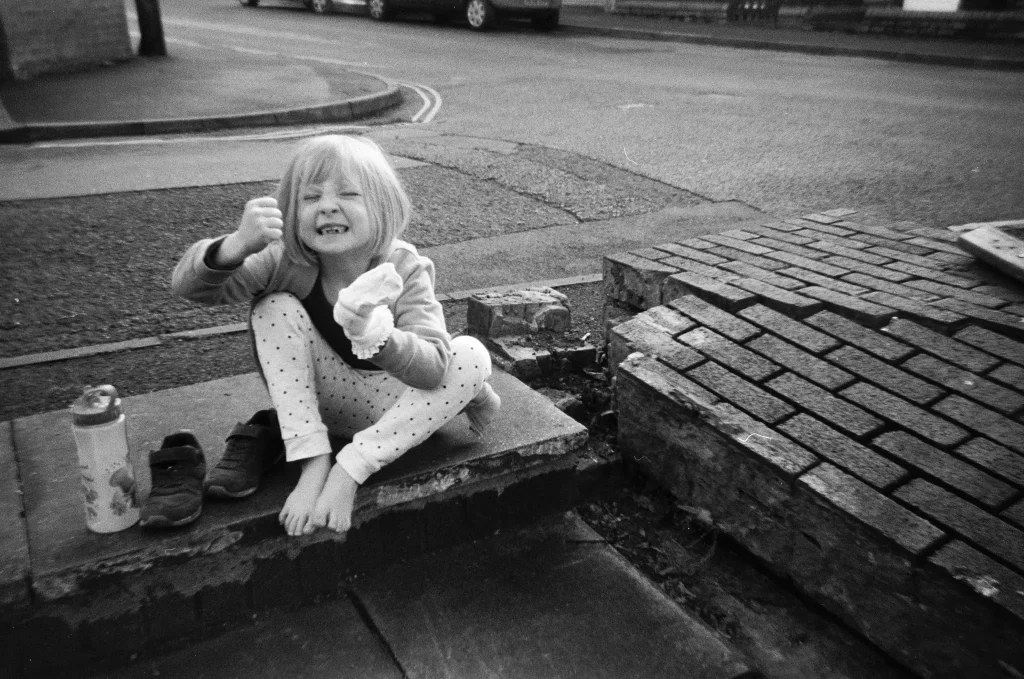
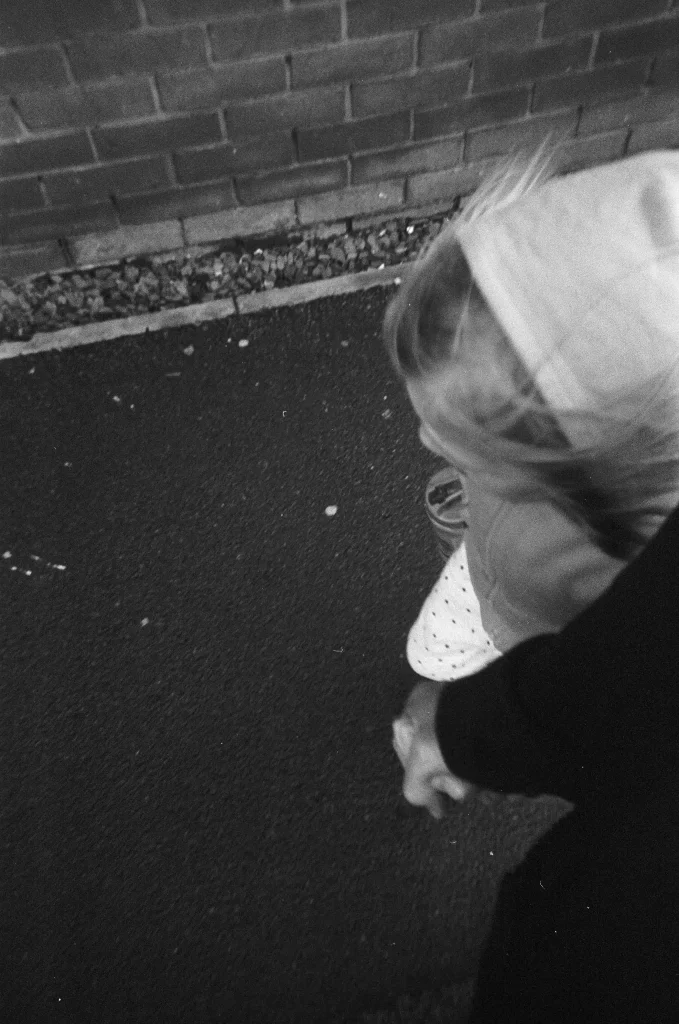
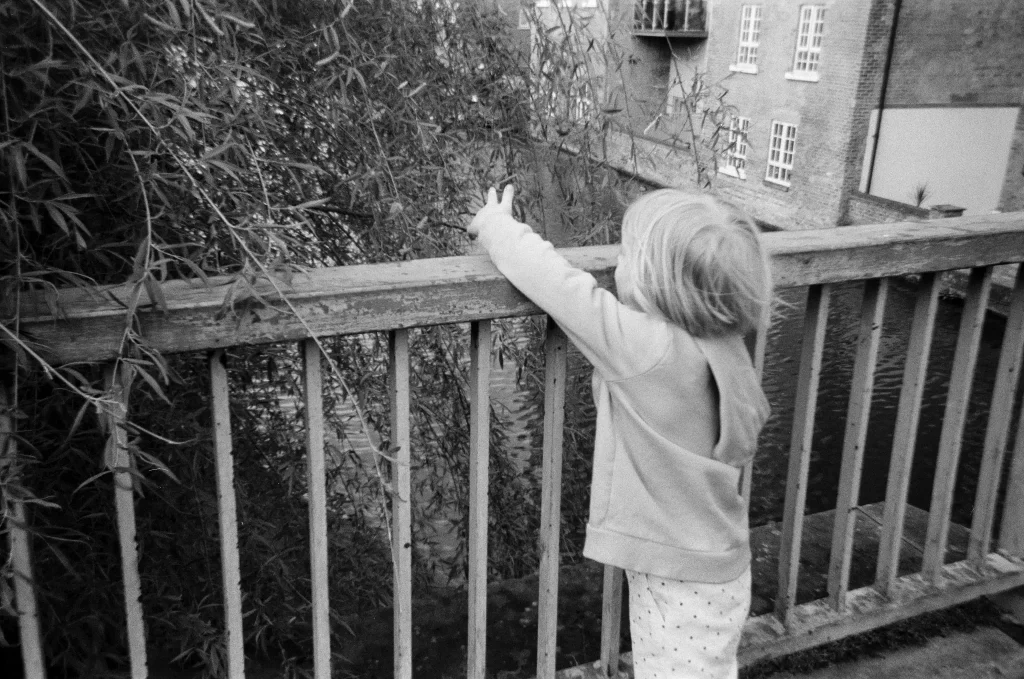
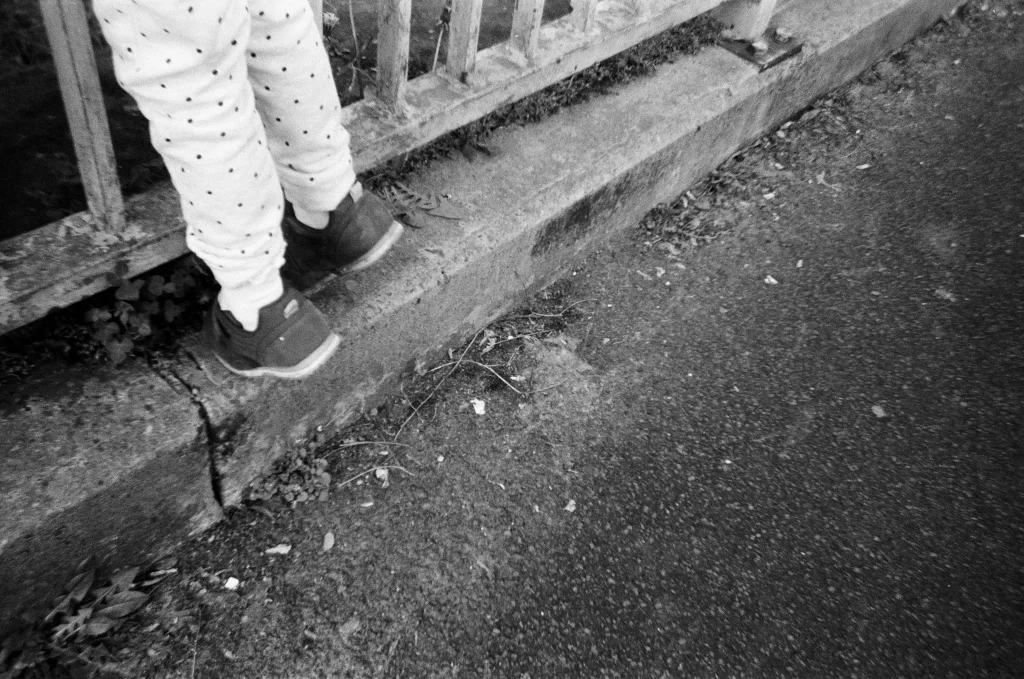
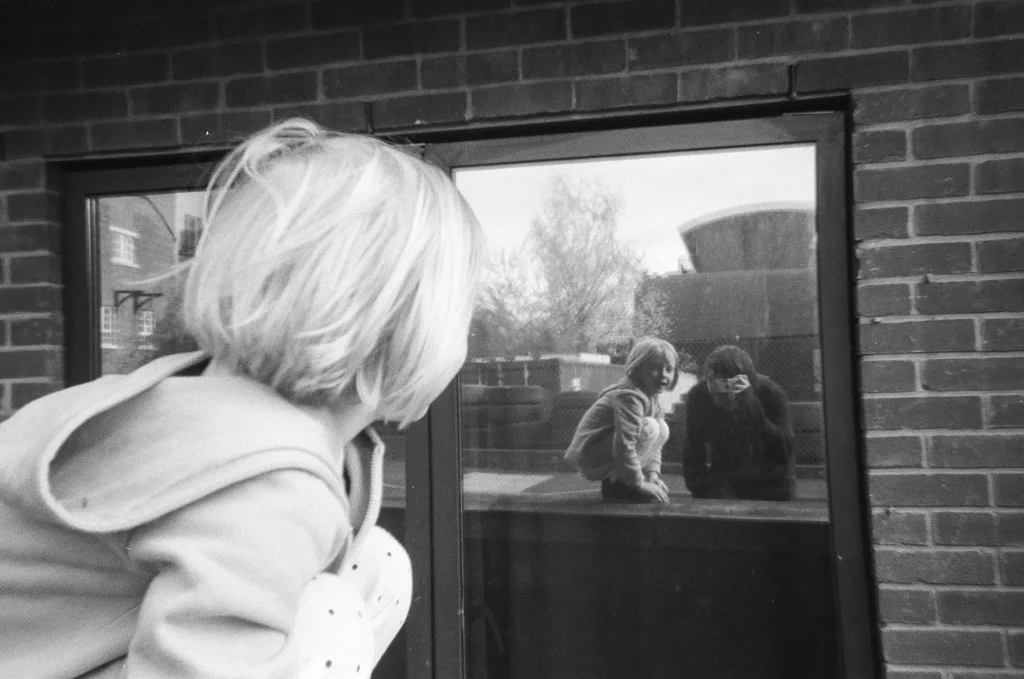
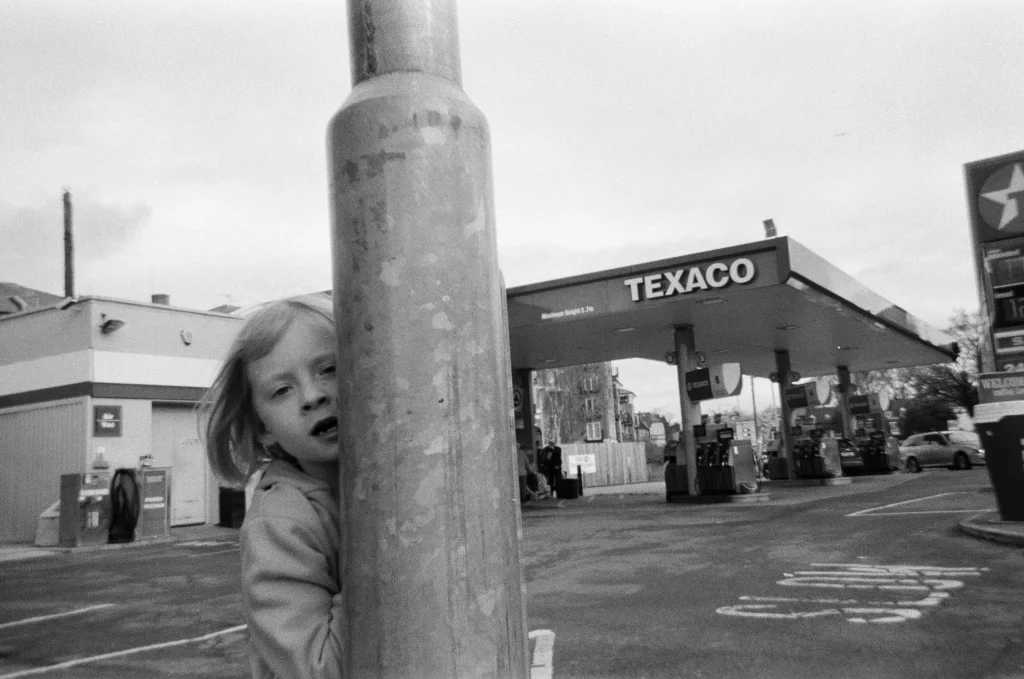
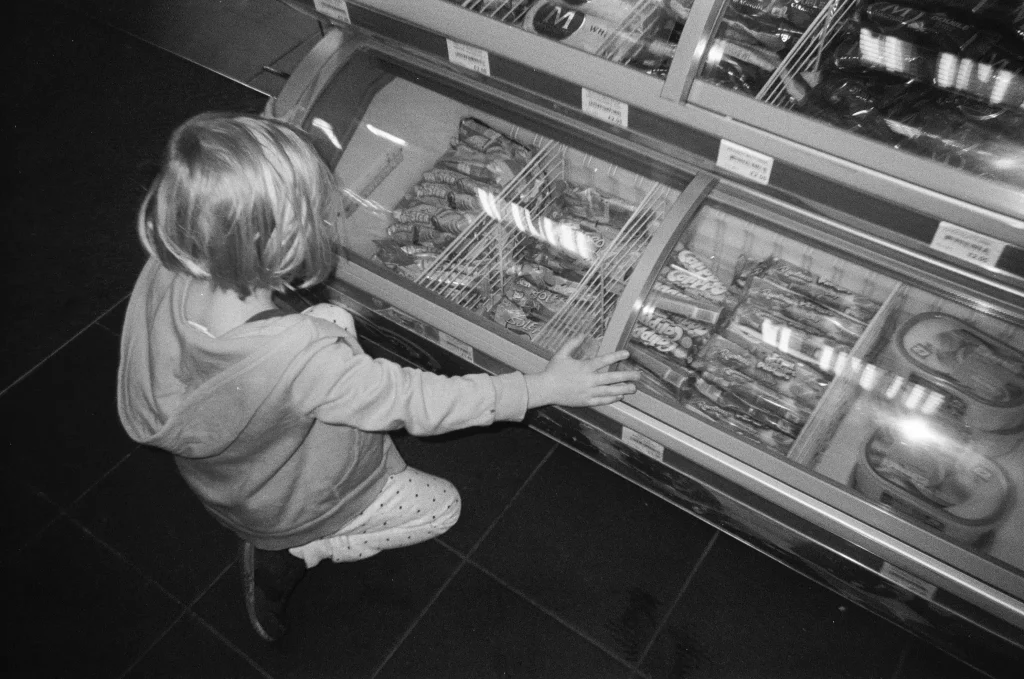
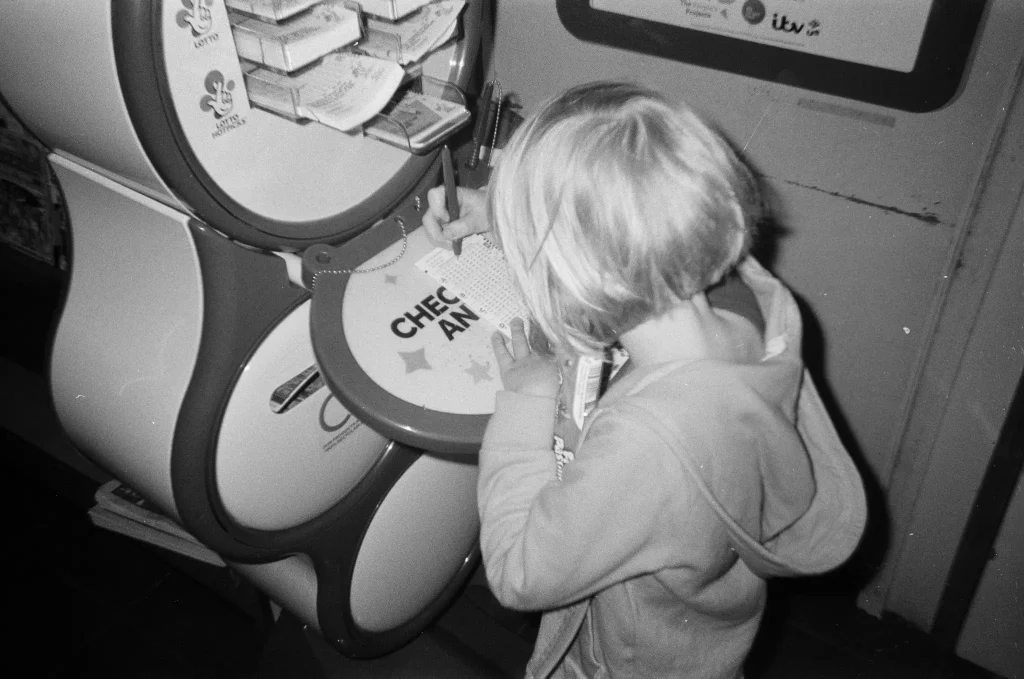
My workshop
I’m the first to admit that there is nothing exceptional about any of the above photos, and indeed that individually they don’t say a huge amount. But, the point I wanted to make to the to the creative group was that by simply taking photos of the things they do and their surroundings, it’s quite possible to tell quite a defined story about their lives.
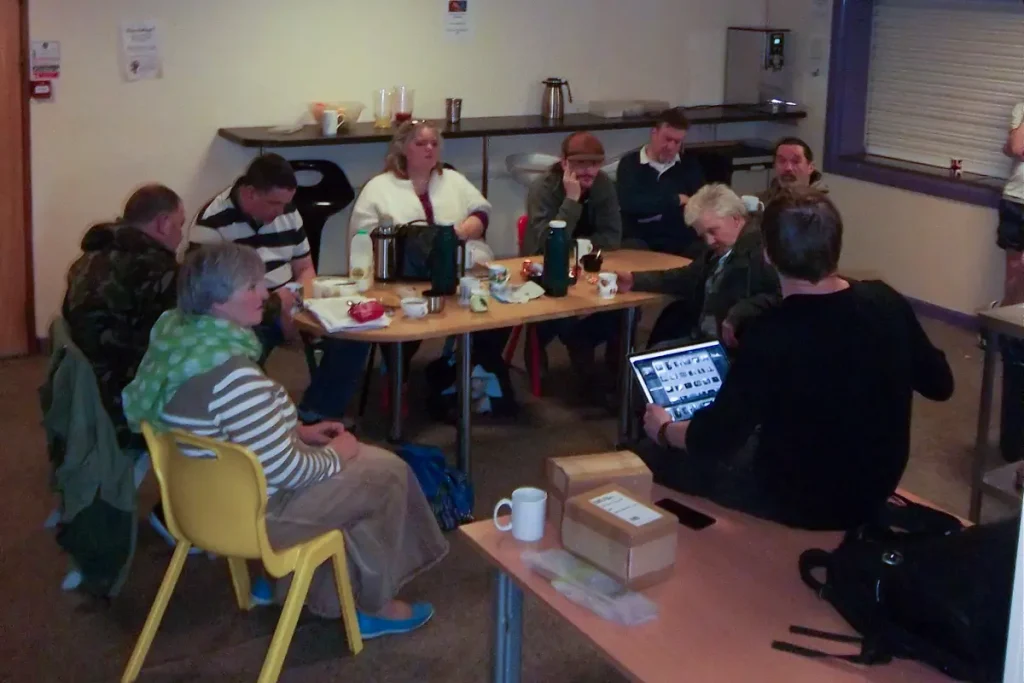
The next step
At the end of the workshop the cameras were handed out. The plan was that they would shoot them that weekend (which was a week or so ago now) then get them all back in and ready to sent for d&p. At that stage I’m going to go back in and help pick some shots for the exhibition. I’m also hoping – and I have already primed them with the idea – that some of them will share some thoughts with 35mmc. I had a couple of nods from people, so fingers crossed!
You can find a bit more about St Paul’s Hostel on their website here
The Facebook page for the creative group can be found here
If you would like to donate some cash to the St. Paul’s creative group contact ad***@**************co.uk (specify its for The Creative Group)
Share this post:
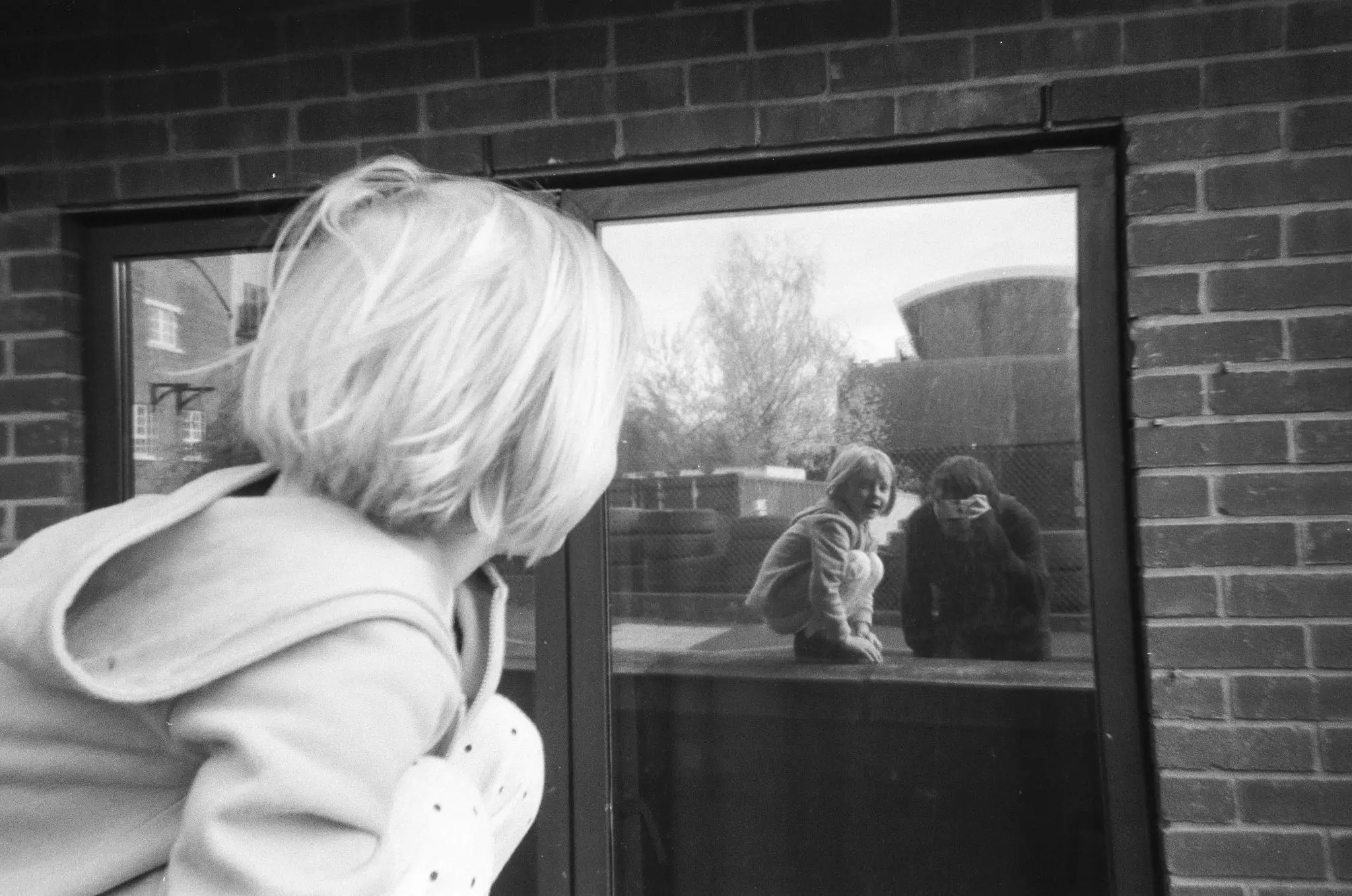








Comments
Cool Film on The St. Paul’s Hostel Ilford Photo HP5+ disposable camera project – an introduction to the project
Comment posted: 06/05/2017
Comment posted: 06/05/2017
Rob on The St. Paul’s Hostel Ilford Photo HP5+ disposable camera project – an introduction to the project
Comment posted: 06/05/2017
My wife used one of those Ilford HP5 disposables on a holiday in the Highlands last year, and I was very impressed with the results.
Comment posted: 06/05/2017
Comment posted: 06/05/2017
Comment posted: 06/05/2017
Dan Castelli on The St. Paul’s Hostel Ilford Photo HP5+ disposable camera project – an introduction to the project
Comment posted: 06/05/2017
More than a few years back here in the US, a group of Washington DC - based photojournalists gave cameras to kids in homeless shelters. The images the kids produced would make you cry & laugh at the same time. I believe the project was called "Shooting Back".
The St. Paul's Hostel project reminds me of the work done here in the US by those kids.
Absolutely wonderful project!
Nigel Fishwick on The St. Paul’s Hostel Ilford Photo HP5+ disposable camera project – an introduction to the project
Comment posted: 14/05/2017
You can find out more and see the images here: http://cafeart.org.uk/photography-contest/